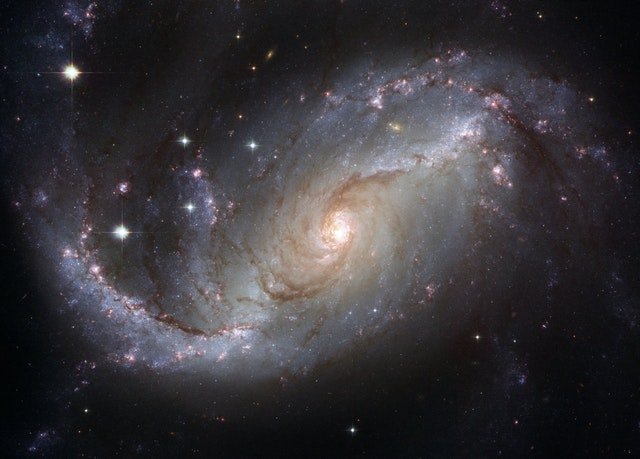
A new study from at The Ohio State University suggests that a new NASA telescope mission will help scientists find as many as 1,400 new planets outside Earth’s solar system.
The new telescope will give humans the largest, deepest, clearest picture of the universe and advance the search for extraterrestrial life.
The Wide Field Infrared Survey Telescope mission, or WFIRST, was designed by NASA and astronomers to search new planets and research dark energy.
Ohio State has played an important role in WFIRST.
Researchers took part in the project’s inception and the design of research programs.
The mission will build on the work of Kepler telescope, whose mission ended Oct. 30, 2018.
It can help find planets further from their stars than most planets found to date.
So how will WFIRST do to find planets with larger orbits?
According to the research team, it will use gravitational microlensing.
This is a technique that relies on the gravity of stars and planets to bend and magnify the light coming from stars.
The microlensing effect allows a telescope to find planets orbiting stars thousands of light-years away from Earth.
The effect from any given planet or star is only visible for a few hours once every few million years.
To find new planets, WFIRST will continuously monitor 100 million stars at the center of the galaxy.
It will scan a small piece of the universe at a higher resolution than previous missions.
Its wide field of view and high resolution may help map the Milky Way and other galaxies 100 times faster than the famous Hubble Space Telescope.
The researchers suggest WFIRST could give much more information about more planets outside of our solar system.
Scientists may learn how frequently different types of planets are formed and whether our solar system is special.
The study lead author is Matthew Penny, a postdoctoral researcher in the Ohio State Department of Astronomy.
The research is published in the Astrophysical Journal.
Copyright © 2019 Knowridge Science Report. All rights reserved.
Further reading: Astrophysical Journal.



